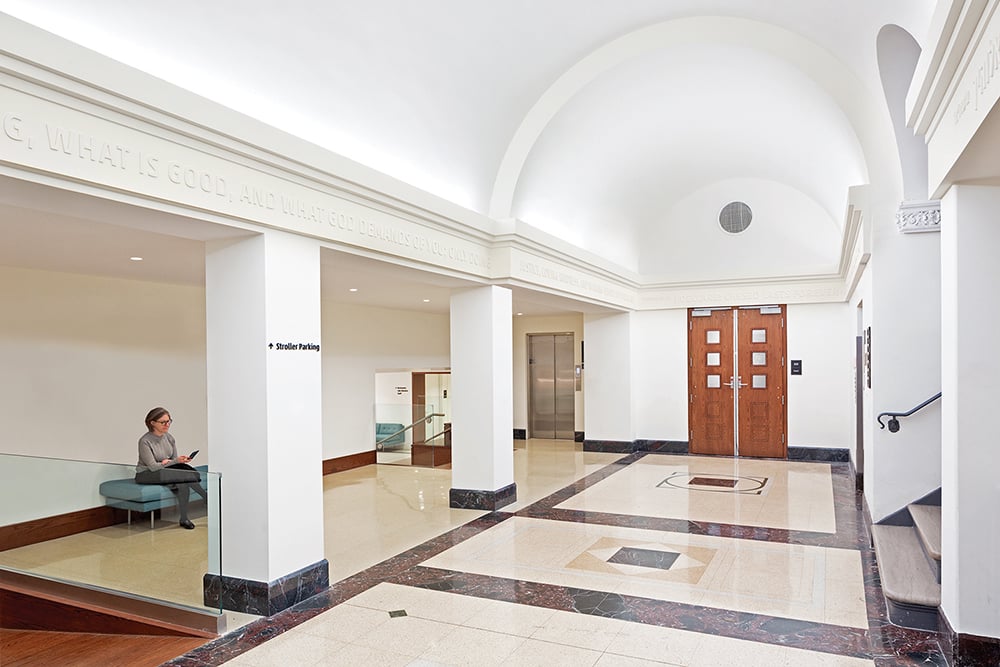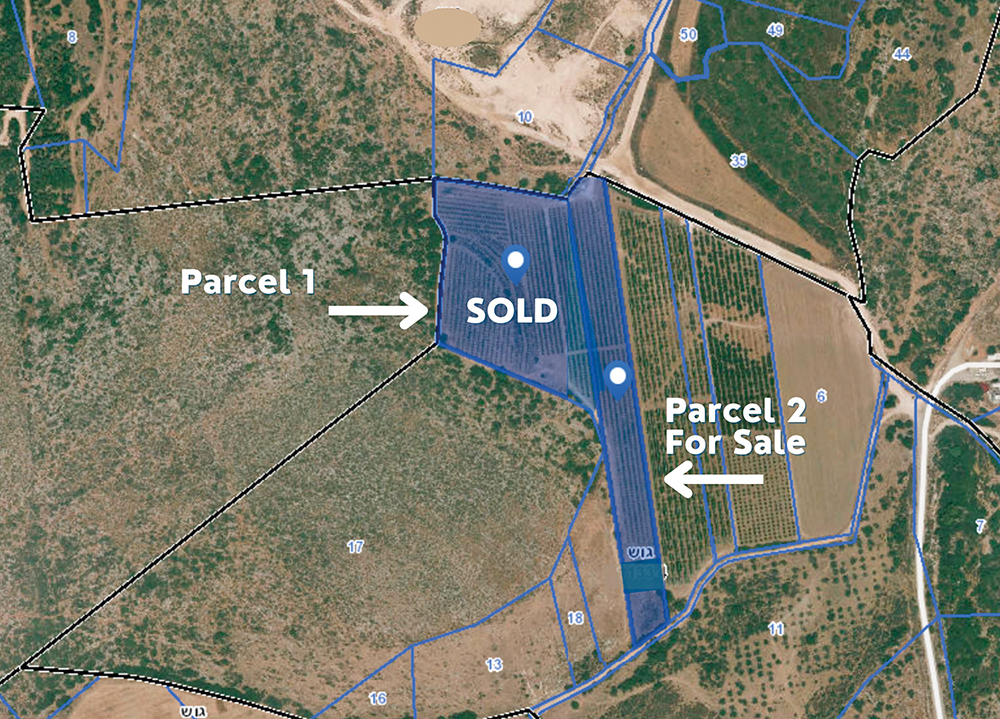
It is undebatable that the Middle East has seen more than its share of conflict and war. Whether one looks back in time or just considers current events, the lands between the eastern Mediterranean and the Jordan River have been crossed by too many conquering armies and warring peoples eager to impose their will on the native populations. Throughout this history there have been occasions when the opportunity to settle long-standing conflicts between those nations has presented itself. One such time was the years between the Six Day War in 1967 and the outbreak of the Yom Kippur War in 1973. On the surface the triumph of Israeli forces in 1967 opened the door to a final resolution of Israel’s disputes with surrounding Arab populations. In retrospect, hopes of imminent peace during those six golden years were merely a mirage, as events would sadly show. Yet the victory in 1967 did open a short window of opportunity for ordinary people to travel safely into Gaza and adjacent Egypt and get a sense of the potential for both peace and warfare between the defeated local population and Israel.
In July 1967 I arrived in Israel for the first time. It was an exhilarating moment in my life and, even more so, a time of great rejoicing for Jewish people throughout the world. My first visit to the Kotel was a transformative event, as I felt one with the continuum of Jewish history as a living, breathing reality. My base of activity was to be Jerusalem, as it was for many that summer. My stint in Israel was limited, however, to just three weeks, hardly enough time to even cover the basic sites. Fortunately, my older sister, Judy, had been living and working in Jerusalem for the previous six months and she had established many contacts among the locals before my arrival. Judy had planned a partial itinerary for me that helped me immensely. It was one special tiyul we took that summer, shared by very few tourists at that time, which I recount below in detail.
Eli Yahalomi was a 30-year-old Israeli whose family had come from Morocco in the early 1950s. He drove a sherut taxi for the Nesher Company, completing trips from Jerusalem to Tel Aviv several times a day. He had met Judy several months earlier and together they planned outings with their friends when Eli was off from work. He owned the large station wagon that he used as a Nesher driver, so it was available for the trips as necessary. Eli called my sister later in the week of my arrival and set out the next plan in some detail. On the following Tuesday morning Eli arrived at our apartment, where all the travellers had gathered. Our company consisted of my sister, two of her single friends and me. Eli introduced himself to each of us. He had recently been mustered out of the infantry brigade where he had served in the previous conflict. He had been sent to Sinai in a reserve role, stationed there for two weeks, so had some familiarity with the Gaza Strip through which we would be travelling. The entire distance between Jerusalem in the Judean mountains and El Arish in coastal Northern Sinai was approximately 156 miles in a direct line. The one-way trip to El Arish from Jerusalem would first take us in the direction of Ashkelon on the Israeli coast. From there it would take us about three and a half hours to traverse all of the Gaza Strip and arrive in the seacoast resort city of El Arish.
“Given all the history of the places we’ll be travelling, it really isn’t that long a ride you’ll see. Heavily populated, but not that far to travel to cover the whole area,” began Eli after we had loaded up the wagon and boarded.
We soon entered the Gaza Strip, passing several Israeli military checkpoints on the way. The ancient city of Gaza was not yet called Gaza City as it is today. It was the first stop on our trip, multiple low-rise buildings extending in all directions as we reached the center of town. Eli stopped the station wagon alongside an IDF jeep and told us we could get out and stretch our legs.
“Be prepared to be surrounded by young Arab children offering to sell you all sorts of wares. You don’t have to buy anything if you don’t want to,” were Eli’s instructions. As I stepped out of the car, at least a dozen boys approached me shouting in broken English “all for liras” (pre-shekel Israeli currency) and thrusting everything in my face from small drums and trinkets to unidentifiable Arabic beverages. I declined the offers and retreated with difficulty into the station wagon. The girls did the same and we continued on our way after several minutes.
“They seem friendly enough, Eli,” I said.
“They’re happy that we’ve gotten rid of the Egyptians; there’s no love lost between them,” he responded.
“So for the moment we’re viewed as ‘liberators’?” I asked.
“Sort of,” Eli responded, the irony of my remark not being lost on him.
We drove on with Eli continuing his guidance.
“Our next objective is an old caravan stop called Khan Yunis; today it’s a moderate-size town where we can see the old buildings used as a stopover in Ottoman Turkish times, as the caravans from Egypt to Iraq followed this route exactly. Actually, the route dates back to even earlier times. The ancient pharaohs used this coastal road to carry them to battle against the Hittites at Meggido in Emek Yizre’el to the north. The Romans called the route we are travelling on today ‘Via Maris’ as it connected their provinces of Syria, Judaea and Egypt by closely following the Mediterranean coast.”
Khan Yunis was only 15 miles south from Gaza City. As we entered the caravan town we saw many remnants of disabled Egyptian military vehicles, tanks, trucks and armored carriers.
We stopped at the caravansary and got out to examine the old Turkish buildings that had housed camels and assorted goods in the past. In Khan Yunis we were spared the crowds of “salesmen,” but when after a half hour we arrived at the final Gazan city we would visit, Rafah (Rafiach in Hebrew), we encountered the largest crowds of Arab children yet, armed with even more goods than we had seen in Gaza City. It was only with the greatest effort that we extricated ourselves from the crowds in Rafah and headed out of the strip into the Egyptian desert of Sinai. Eli pulled off the road after a mile or two.
“Make sure you all drink enough while we’re in Sinai,” Eli cautioned. “Dehydration is a real problem in the desert and you may not be aware of it occurring.”
We didn’t have to be warned twice.
The landscape had rather abruptly changed from urban to desert wasteland. We resumed our drive west and, after an hour, reached the ancient, Mediterranean coastal resort town of El Arish, capital of Northern Sinai. The town’s population appeared much more subdued than the Arabs we had met in the Gaza Strip as the residents here were Egyptian citizens under the control of the conquering Israelis. We drove along a strip of the coastal road and the Mediterranean shone in the summer sun. Eli stopped at a scenic pullout and we waded into the warm waters of the sea.
“We should start back towards Israel,” Eli said after 15 minutes. “We have a distance yet to travel.” Eli wheeled our vehicle around and began the four-hour drive that would take us by late afternoon to the outskirts of Beersheba. The desert roads we took on our return to this ancient, historic southern “capital” of Israel were not well maintained and the bumps and curves took their toll on driver and passengers alike. When we finally emerged from the desert into Beersheva, we felt as if we had returned to earth from some foreign planet. We checked into the Desert Inn, the gaudiest hotel in town, and felt like kings as we lay on our beds in our respective rooms, exhausted, but with a sense of achievement. Beersheva was a sleepy town, more a favorite of camels, donkeys and Bedouin than western tourists. The next morning, we arose early and returned to Jerusalem through the Elah Valley, past historic Nachal Soreq.
Over the years my recollections of the trip to the Gaza Strip and my impressions of its residents during those early months of direct contact with Israel have remained quite vivid. When one considers that the locals there viewed the Egyptians who had ruled them prior to 1967 as “occupiers,” though fellow Muslims, the Israeli ouster of the Egyptians could be seen as potentially having a positive effect on their lives. The hope that it might someday lead to self-determination for the Palestinians was real and palpable among the people. The friendly, smiling children who gathered around us and our vehicle in Gaza City, Khan Yunis and Rafah offered no suggestion of the future tragedy and hostility that would result from years of inertia to come. In retrospect we all know the seismic changes that took place within the strip in the decades following. It is sad and frustrating to contemplate what might have been. On that summer day I visited in August 1967, it was in no way a sure thing that continued war and devastation would be the fate of Gaza. Yet it can be said the Torah has always foreshadowed the future of the Gaza Strip when Abraham is told that his son Ishmael’s “hand will be raised against everyone, and everyone’s hand will be raised against him.” (Bereishit 16:12). In this regard current events sadly, but squarely, reflect and confirm biblical scripture.
By Joseph Rotenberg













